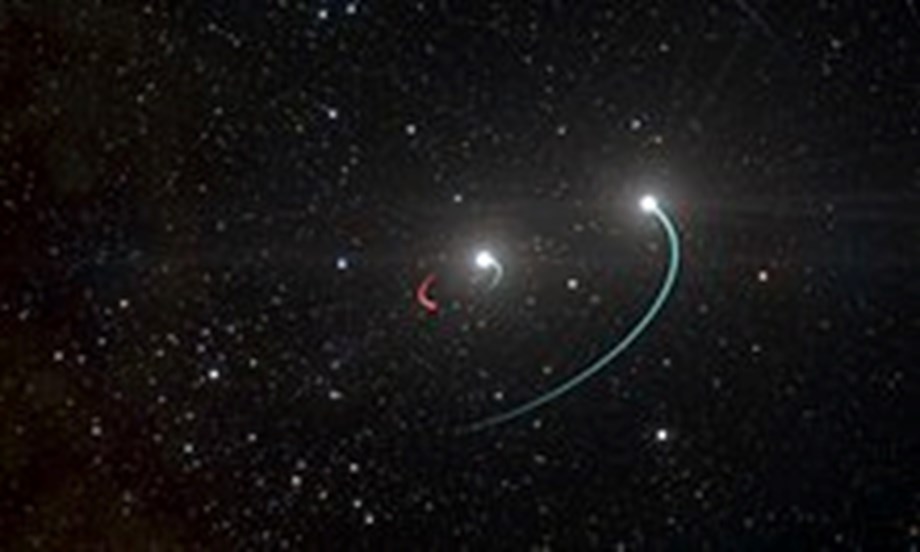Following is a summary of current science news briefs.
As climate dangers rise, scientists predict disasters before they happen
For climate scientists reviewing a Pacific Ocean temperature forecast map in November, a bright red, sideways “V”, thousands of kilometres long signaled disaster. Combined with La Nina cooling in the central and eastern Pacific, the V-shaped pattern of warm sea water, stretching from Australia’s east coast to the Philippines and back over the ocean north of Hawaii, indicated that halfway around the world in the Horn of Africa the upcoming March-May rainy season would likely fail.
Stellar ‘vampire’ finds love at first bite with companion star
Astronomers have gotten a good look at what happens when a “vampire” star sucks the outer layers of material from a companion star, stripping this “bitten” victim down to a mere stellar core. Researchers said on Wednesday data obtained using Chile-based European Southern Observatory (ESO) telescopes clarified the nature of a star system called HR 6819, showing that its two companion stars were not accompanied by a black hole as was previously proposed.
NOAA’s latest weather and fire-tracking satellite launched to orbit
An Atlas V rocket blasted off from Florida on Tuesday carrying to orbit the next big satellite designed by the National Oceanic and Atmospheric Administration (NOAA) to provide round-the-clock tracking of weather, wildfires and climate change over Earth’s western hemisphere. The GOES-T spacecraft is the third in the latest series of advanced geostationary satellites, credited with revolutionizing real-time weather forecasting, environmental monitoring, and hazard detections from space.
Seals help Japanese researchers collect data under Antarctic ice
A seal wearing a helmet with an antenna might look unusual, but eight Weddell seals, each with a 580g monitoring device on their heads, have been helping Japanese researchers survey the waters under the thick ice sheet in Antarctica. Tapped for a research project between March and November 2017 – winter in Antarctica – these seals were equipped with the head-mounted conductivity, temperature and depth sensor, which allows scientists to collect observation data, such as water temperatures and salt levels, in areas with extremely harsh environmental conditions.
Scientist uses tiny trackers to keep tabs on funnel-web spiders
Some Sydney funnel-web spiders are scrambling into the Australian brush carrying special cargo: a telemetry tracker to study how far a mature male can travel at night and whether their movements are affected by the environment and weather. Caitlin Creak, a PhD candidate at the School of Biological, Earth, and Environmental Sciences of the University of New South Wales, has been tracking the male Sydney funnel-web, one of the world’s deadliest spiders, for two summers. The nocturnal arachnid lives within around 100km (62 miles) of Australia’s largest city, and is most active between November and April.
Redhill antiviral shows promise in safety study; J&J shot less effective preventing hospitalization
The following is a summary of some recent studies on COVID-19. They include research that warrants further study to corroborate the findings and that has yet to be certified by peer review. Redhill drug blocks proteins that help the coronavirus
(With inputs from agencies.)


